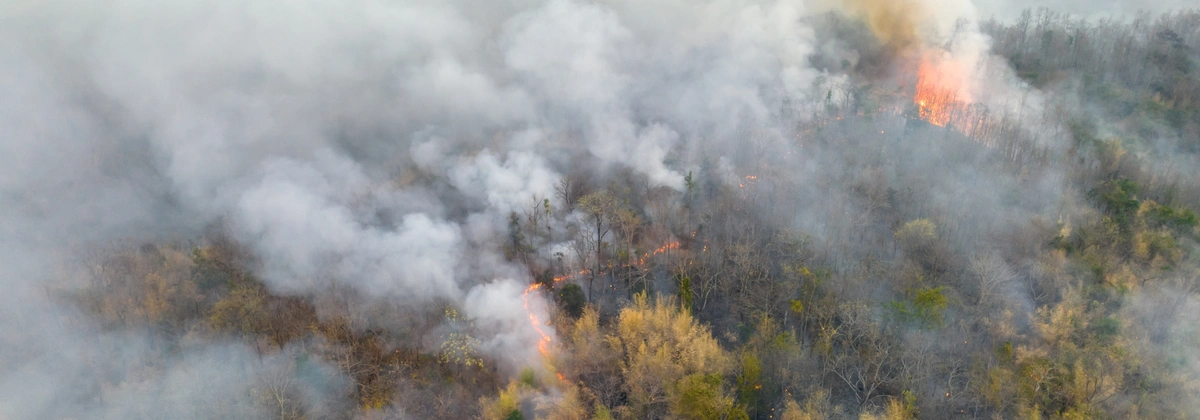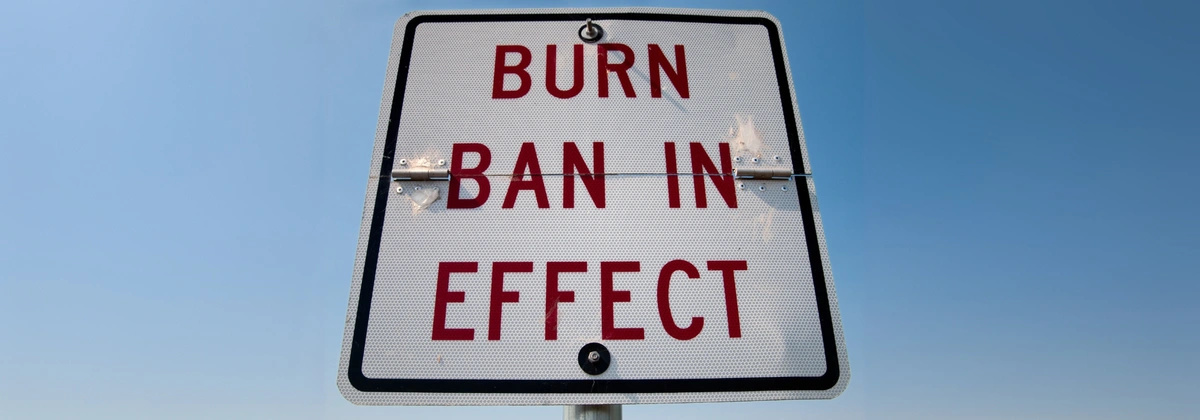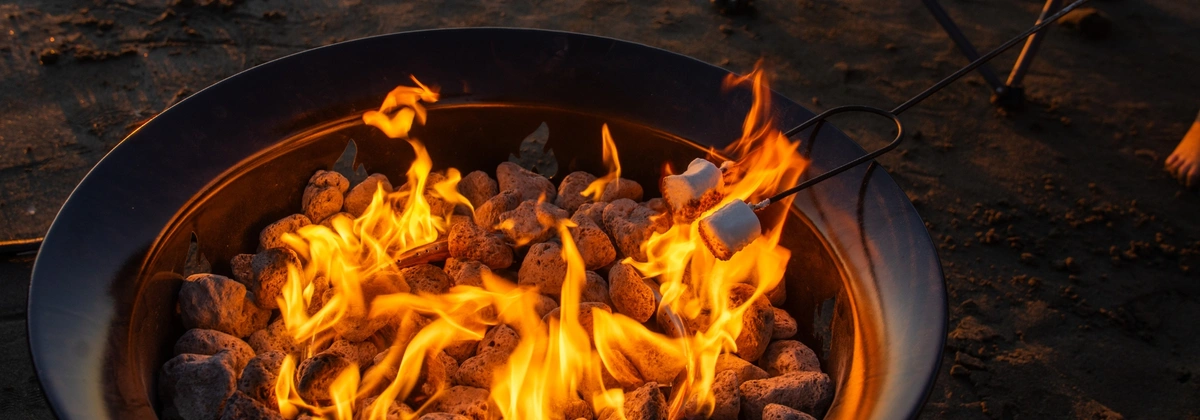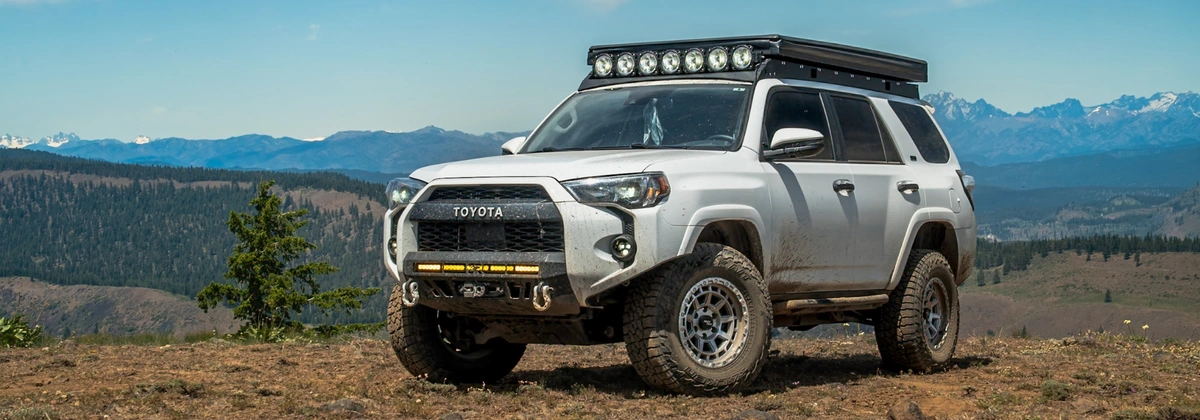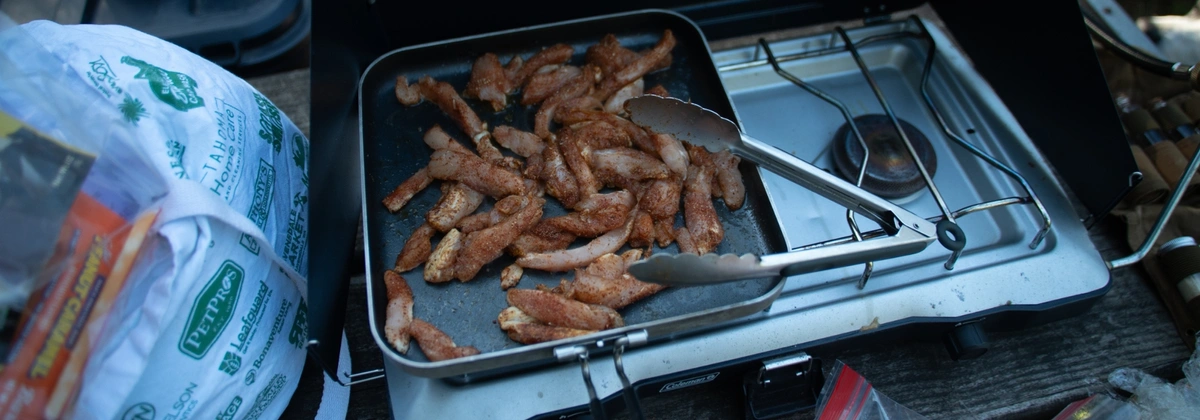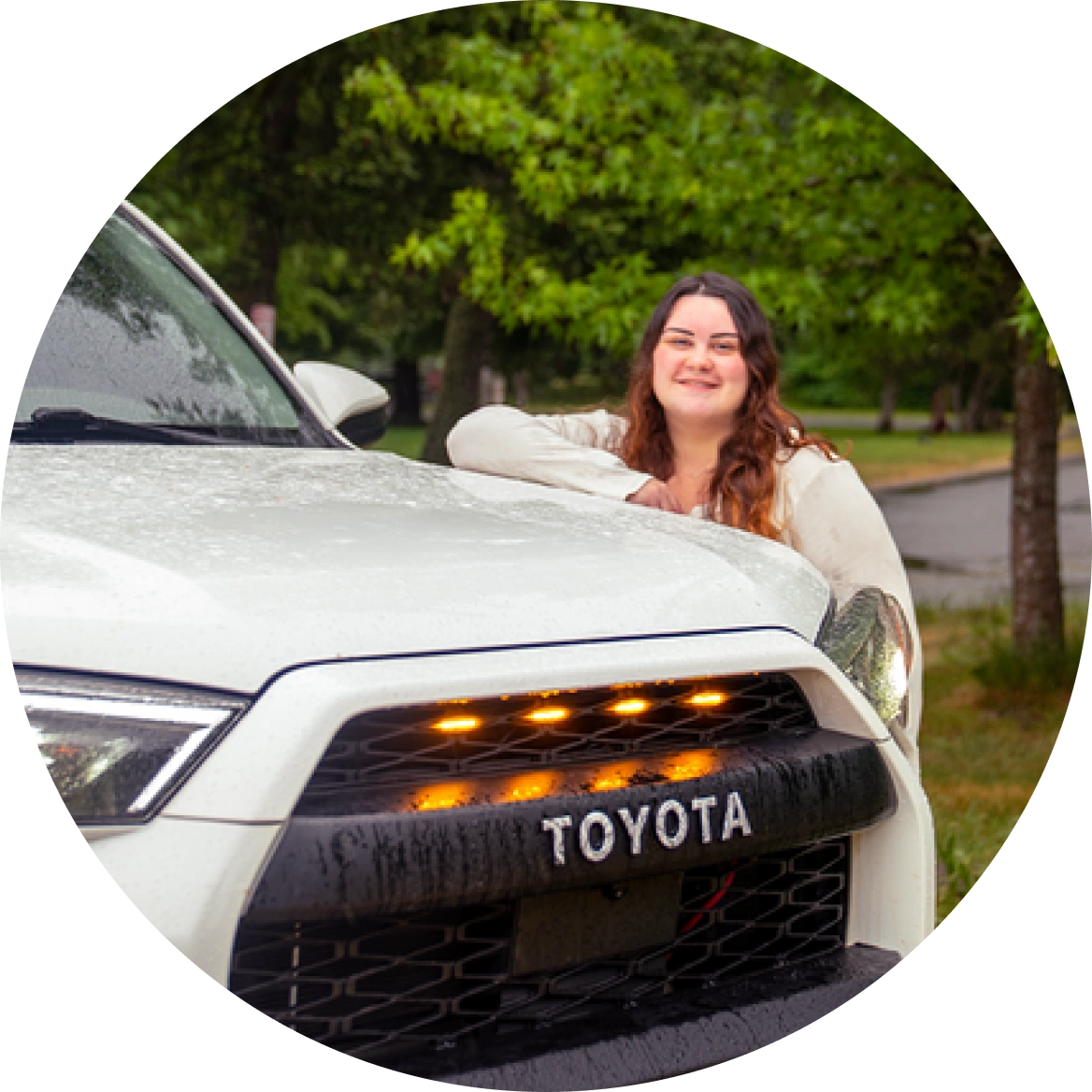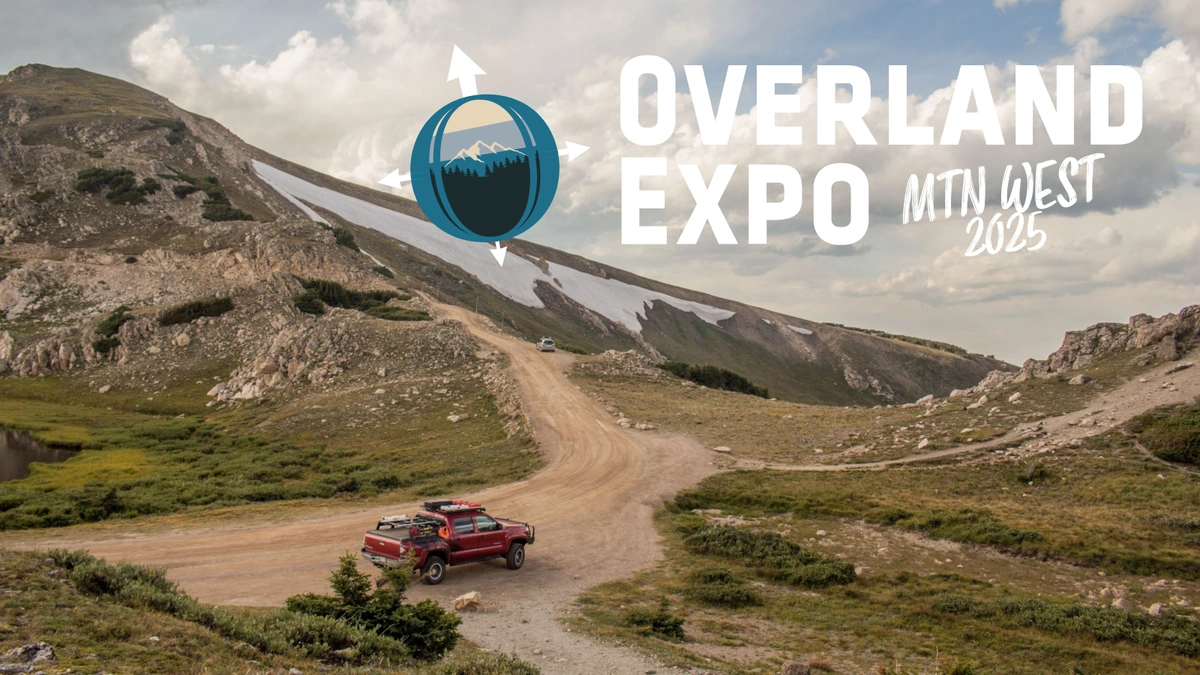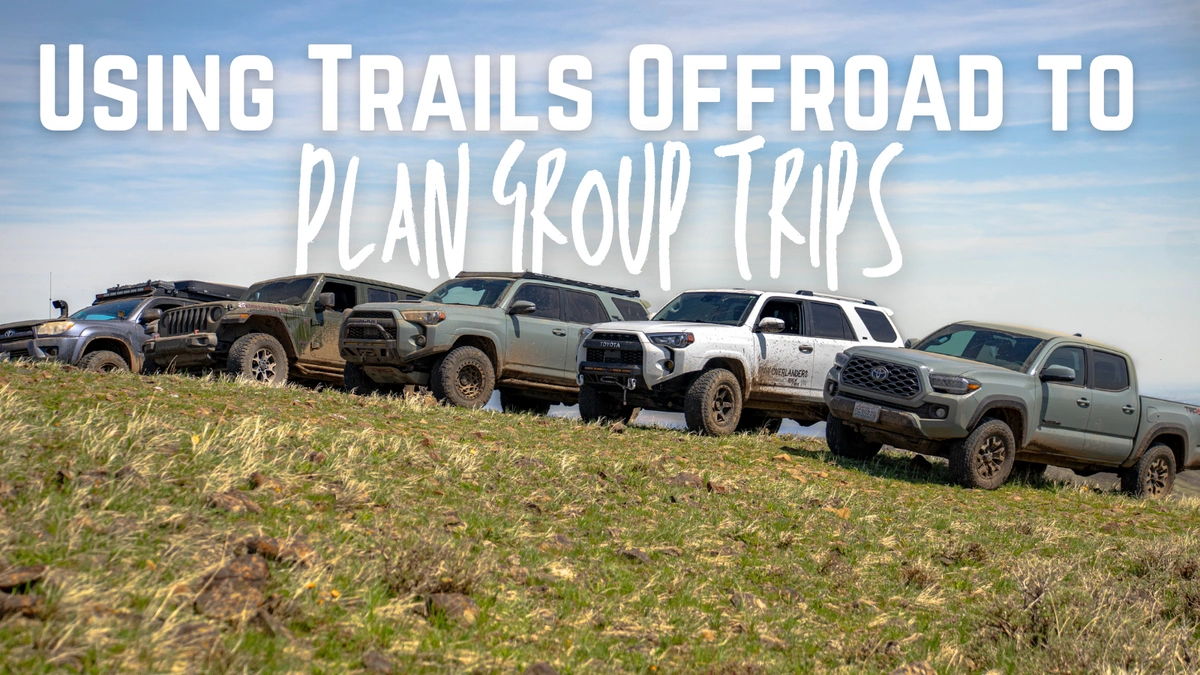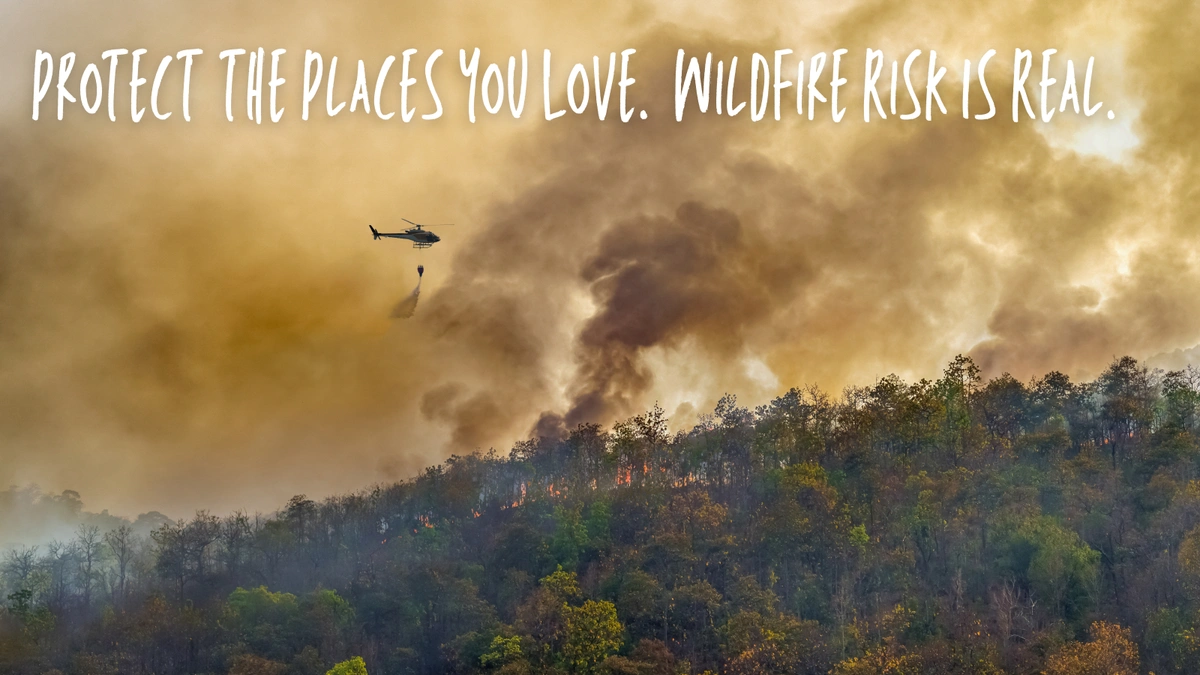
How to Camp and Off-Road Responsibly During Wildfire Season
Over the past few years, it seems like the wildfire season has continued to grow longer and more intense each year. For those of us who camp, wheel, and explore the backcountry, it’s more important than ever to be aware of the risks and plan accordingly.
In this guide, you’ll find practical wildfire safety tips specifically for all of us who are planning to explore this summer. We’ll cover how wildfires start, what to pack during burn bans, how to reduce vehicle-related fire risks, and what to do if you find yourself near an active fire.
Wildfire Season 101: What You Should Know
In most parts of the U.S., wildfire season is from late spring into early fall, though over the last few years, extreme droughts and rising temperatures have made wildfires possible almost year-round in many areas across the country.
Did you know that around 90% of all wildfires in the U.S. are caused by human activity? These fires can start from unattended campfires, sparks from dragging trailer chains, vehicle exhaust systems overheating on dry grass, illegal fireworks, or even tossed cigarette butts. Natural causes account for only about 10% of wildfires annually, which means that preventing fires is largely in our hands. As humans who love to spend time outdoors, we need to do better.
Enter Burn Bans! A Burn Ban is a temporary restriction issued by state or federal land agencies to reduce fire risk during high-danger periods. These bans prohibit things like building campfires, using charcoal grills, and even smoking in some cases.
Burn Bans are often issued quickly in response to dry weather, wind events, or increased fire behavior, so it’s critical to check the current conditions before every trip.
How to Check if there is a Burn Ban or Wildfire in Your Area?
Before heading out on any trip, always check for active wildfires and Burn Bans in the area you plan to explore. As we all know, conditions can change quickly, and what was safe one day may be under strict fire restrictions the next. Fortunately, there are several reliable resources to help you stay informed.
Agency-run websites are the best place to start. InciWeb provides real-time updates on wildfire activity across the U.S. For smoke forecasts and air quality conditions, AirNow.gov helps you avoid unhealthy or hazardous air. You can also check your state’s Department of Natural Resources or local land management agency websites for fire danger levels and to see if there are any current Burn Bans.
Trails Offroad™ also offers wildfire-related updates. If there are any reported, they will appear directly within the trail guide under the Trail Reviews section and will show as a temporary closure in the Status section. We try to monitor fire activity closely and update guides whenever we have verified information.
Camping During a Burn Ban: Gear and Tips for Your Campsite
When Burn Bans are in place, any camp setup that relies on wood fires or charcoal grills is not an option. But that doesn’t mean you have to skip the trip or suffer at camp. These days, there are plenty of propane-powered options out there, as it’s almost always allowed during most Burn Bans. Just be sure to verify local restrictions before use.
You can purchase a propane or butane stove. They’re efficient, easy to use, and ideal for cooking on stable, fire-resistant surfaces.
If relaxing by the fire is part of your nightly camp ritual, consider bringing a portable propane fire pit. These provide warmth without producing sparks or embers. You can typically find them in different sizes depending on your needs.
Lighting is another easy area to fire-proof. Solar lanterns, LED string lights, and battery-powered lamps can bring all the cozy vibes without any open flame.
Our favorite Burn Ban-friendly gear include the Jetboil HalfGen and Flash Cooking Systems for camp meals, and the LavaBox Portable Campfire, as our campfire. Both of these allow us to have safe, reliable ways to cook, stay warm, and enjoy camp without increasing wildfire risk.
How to Keep Your Vehicle from Starting a Wildfire
Your vehicle might not seem like a fire hazard, but under the right conditions, it absolutely can be. That’s because exhaust systems and catalytic converters can become hot enough to ignite dry vegetation in seconds.
To reduce fire risk, never idle or park your rig over tall grass or brush. Always look for clear, gravel surfaces whenever possible.
Also, if your exhaust pipe or muffler has been damaged and is dragging, be sure to secure or repair it before continuing. Any exposed or dragging metal parts can spark when they strike rocks or hard-packed dirt, creating a fire risk on dry trails.
Similarly, if you’re towing any trailers, double-check your safety chains. Chains that drag on the ground can create sparks. Twist your chains or use rubber guards to keep them from contacting the road.
We recommend that every vehicle carry basic fire suppression tools. This includes a shovel, fire extinguisher, and a water container. In many situations, quickly dousing flames with water or smothering embers with dirt can make a huge difference.
Lastly, always stick to designated trails. Driving off-trail increases the risk of catching dry brush or grasses on your undercarriage and spreading a fire. It also damages fragile ecosystems and can lead to long-term trail closures. Responsible trail use helps keep access open and reduces fire risk at the same time.
What to Do If You Encounter a Wildfire While Out on the Trails
Even with all the right precautions, wildfires can still catch you off guard. Knowing what to do in those situations can make a big difference.
First and foremost, stay calm. If you see a fire or heavy smoke, turn around and leave the area immediately. Don’t attempt to drive through flames or thick smoke, it’s easy to get disoriented, and wildfires can move faster than you think.
Try to evacuate downhill and upwind if you can. Fires travel quicker uphill and in the direction of the wind. If your exit route is blocked, look for a cleared area to take temporary shelter, like a gravel pit, rockslide, or even a previously burned zone.
If you have a satellite communicator like a ZOLEO, keep it accessible. These devices can send emergency messages even when cell service isn’t available, which could be a lifesaver in an emergency.
Fire Prevention All Year Long
Fire prevention doesn’t end when wildfire season does. Some of the worst wildfires in recent history have started outside of the regular Wildfire season. That’s why fire-safe habits should be part of your year-round camping and off-roading routine.
When building a fire, only use established fire rings. Don’t dig new pits, especially near trees, roots, or overhanging vegetation. Keep your fire small and manageable, and never leave it unattended. Use only dead and fallen wood!
When it’s time to put out your fire, do it entirely. Douse the fire with water, stir the ashes, and repeat the process until everything is cool to the touch. And absolutely do not leave your campsite until you’ve verified there’s no remaining heat.
If you’re unsure about fire conditions or just want to simplify your setup, always go with propane. Yes, the upfront cost may be a bit more, but propane is clean-burning, easy to control, and less likely to create embers. It's one of the best ways to reduce your wildfire footprint without giving up hot meals and warm nights.
And you know the deal, pack out everything you bring. Following Leave No Trace principles helps ensure that public lands remain safe, open, and enjoyable for everyone.
